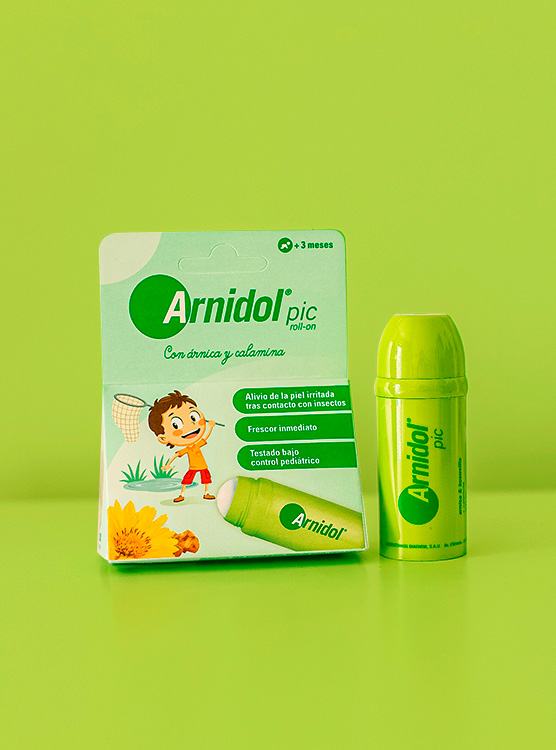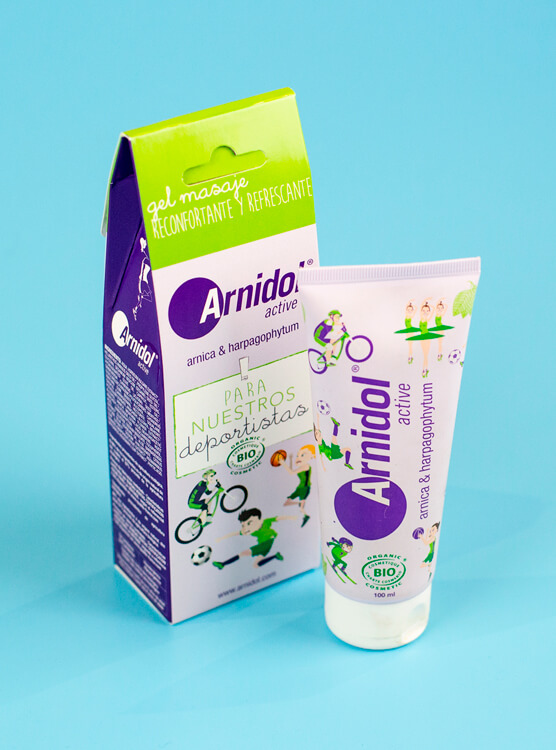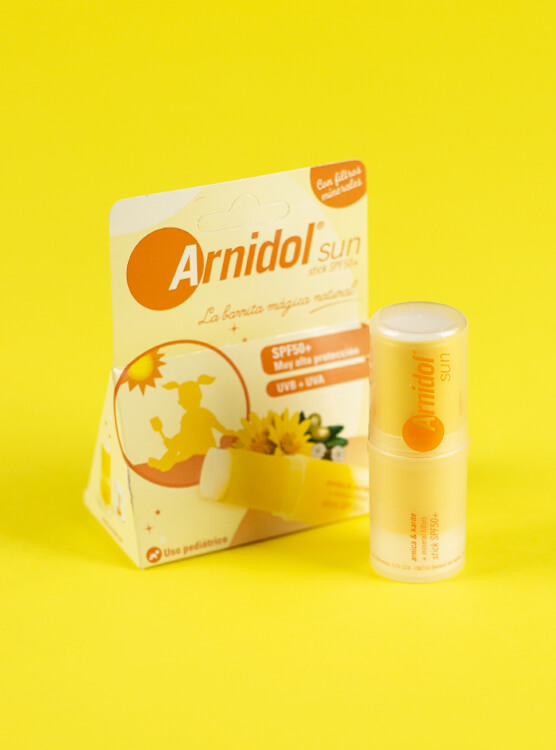- junio 20th, 2013 |
The kids ask you to tell them a story. How can you not? Keep story time for a certain time of day and only if they’re quiet. Choose a comfortable place to sit down together, point to the pictures and explain anything they don’t understand. Vary your tone of voice and the rhythm according to the text. Let them ask questions and when they’re a little older, take them to the library so they can choose their own books. In the meantime, here are a few short stories to take you all on a trip to fantasy land…

The Magic Tree (children aged 2-3)
A long, long time ago, a little boy was walking in a meadow where he found a tree with a sign on that said: ‘I’m an enchanted tree, if you say the magic words, you can see for yourself’.
Amazed, the boy tried to find the magic words. He tried ‘abracadabra’. Then ‘open sesame’, ‘supercalifragilisticexpialidocious’, ‘ta-da’ and a lot more, but none of them worked.
Tired and defeated, he threw himself on the ground and begged: ‘`Please, tree!’, and suddenly a door opened in the tree. It was all dark, except for a sign that said: ‘Keep doing magic’. Then the boy said ‘Thank you, tree!’, and a light came on inside the tree that showed a path that led to a great pile of toys and chocolate.
The boy took all his friends to the tree and had the best party ever. And that’s why you must always say ‘please’ and ‘thank you’—they’re the magic words.
The Good Pirate (for children over 6)
Long Fingers was a boy pirate; the son, grandson and great-grandson of pirates. He had actually never stolen anything from anyone or attacked a ship, but his family was sure he’d be a first-class pirate.
However, Long Finger s didn’t like the idea of robbing people at all. He knew this because once, when he was little, his cousin has stolen one of his favourite toys and it had really upset him.
As he grew up, Long Fingers began to get worried that at any moment his true pirate nature would emerge and he wouldn’t be able to stop himself from stealing, boarding ships and pillaging.
Every morning, when he got up, he looked in the mirror to see whether the terrible transformation he dreaded so much had taken place. But every day he looked just like the good person he had the day before.
Over time, everyone realised that Long Fingers wasn’t a pirate like all the rest, but the family tradition of splendid pirates was so long that none dared say he wasn’t a pirate. ‘He’s just a good pirate’, they said, and they kept on saying it even though Long Fingers studied medicine and spent his life taking care of the sick. But Long Fingers still lived in fear of turning into a pirate, and every morning he still looked at himself in the mirror.
Until one day, now an old man, and looking at his children and grandchildren, none of whom had become a pirate, he realised that nobody had to be a pirate or anything else because it was in their nature or as an obligation. They could do what they wanted with their lives! And he had chosen what he wanted to be and was proud that he hadn’t chosen to be a pirate .
The Coloured Children (for children aged 2 to 4)
There were once two pretty little sisters called Branda and Nadira. They both liked to go to the park to play on the swing and the slide. But one day, when they got there they found some children there who were different: one had skin as dark as chocolate, another was very pale, almost yellow, and another was as red as a tomato.
Branda and Nadira stood in a corner and didn’t dare go near the children because they were scared, until the park gnome came along:
‘Why aren’t you playing today, little ones?’
‘Because there are coloured children here and they’re scary,’ answered the girls.
The gnome asked another question:
‘Have you seen the new fountain?’
‘No, but what’s that got do with what we were talking about?’
‘A lot,’ said the gnome. ‘Come with me and you’ll see.’
Then he took them to the new fountain. It was enormous! The water shot up to the clouds and fell back down in a huge cascade. Branda and Nadira took a little water in their hands and tried it. It was clean and cool. Suddenly, some spotlights made the water look different: it was bright pink, like a strawberry milkshake…
‘Taste the water!’, shouted the gnome.
They did, but it tasted the same as before. The colour changed again, now it was mint green. Then it turned chocolate brown. And then, vanilla yellow. But every time they tried it, the water tasted just like the first time. The gnome told them that, even though it was a different colour, it was still clean and cool. And, just like the water, even though those children were a different colour because they were different races, they were still children and probably all they wanted was to make friends and play.
Branda and Nadira went over to the coloured children and started playing with them. They had so much fun! The children taught them lots of games and songs from their countries and the sisters taught them their games. When it started to get dark, the children went home and the gnome stayed behind, like he always did, to look after the swings, the fountain and the park, so that the next day the children of all colours could come back and play. And three, two, one, my tale is done.
The Lion’s Tail (for children over 6)
Once upon a time in a little village there lived a boy called Leo. He was a short, skinny boy who was always frightened, because some boys from the next village picked on him and made fun of him.
One day, a young wizard who was passing through saw them making fun of him. When the bullies had gone, he went up to Leo and gave him a lovely lion’s tail, with a ribbon so he could wear it around his waist.
‘It’s a magic tail,’ he said. ‘When the person wearing it acts bravely, they become a fierce lion.’
Leo had seen the young wizard in action a few days before, so he didn’t doubt his words. He decided to wear to the lion’s tail round his waist. And he hoped the bullies would come back so that he could teach them a lesson…
But when the boys turned up, Leo was scared and tried to run away. They soon caught up with him and surrounded him. Expecting them to make fun of him and start shoving him around as usual, Leo felt the lion’s tail at his waist. Then, mustering up all his courage, Leo tensed his body, closed his fists, pulled himself up straight, put his head up, looked each of the bullies straight in the eye and, calm and fierce, promised them that if they didn’t leave him alone right then, one of them, even if it was just one of them, was going to be very sorry. Today, tomorrow, or some other day… and he kept on looking them in the eye, giving them his toughest look, ready to make good on his promise.
Leo felt a shiver. That must be the sign that he was turning into a lion, because the boys faces changed. They all took a step backwards, looked at each other and ran away. Leo felt the urge to run after them and smash them to bits, but when he tried to move, he felt his short legs like they always were, and gave up on the idea.
Close by, the wizard watched smiling and ran to congratulate Leo. The boy was very happy, although a bit disappointed that his new lion shape hadn’t lasted long, and he couldn’t fight the boys.
‘You couldn’t have anyway,’ said the wizard. ‘No one fights with lions, one look, and knowing how fierce and brave they are, everyone runs away. Have you ever seen a lion fight?’
It was true. He couldn’t remember ever seeing a lion fight. Then Leo thought for a moment, looking at the lion’s tail. And he understood. There was no magic, no changes, nothing. Just a good friend who had taught him that bullies and other cowardly types never stand up to a really brave boy.


LOS SUPERPODERES DE ARNIDOL









